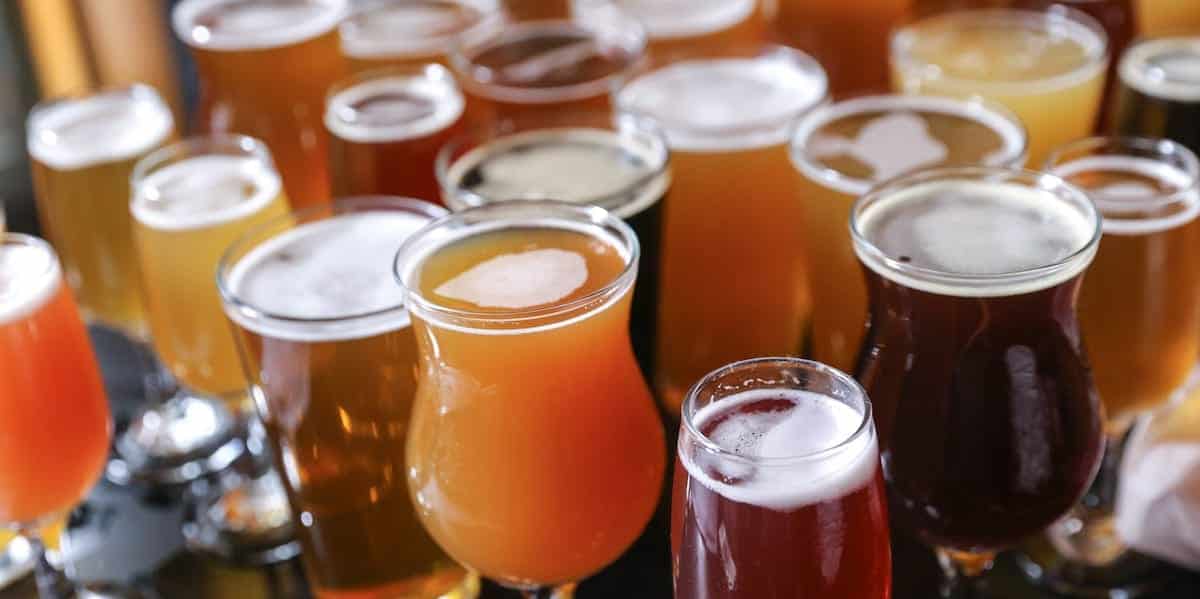They were once novelty spots. Sometimes they were part of a restaurant, or maybe you had one or two you could visit in town.
Yet by 2025, it’s predicted to be a $500 billion global market.
Craft beer has taken the country by storm.
What was once a booming market in a few key cities has expanded from strongholds like Austin and Denver to places like Birmingham, Ala., and Albuquerque, N.M. As craft beer becomes an entrenched, sustainable economy in one city, it seems to move on to conquer the next.
What is it about the craft brewing experience that is able to spark so much growth in so many places? How can it be replicable across such highly various and volatile conditions, and carries such a low failure rate? 76 percent of microbreweries that have opened since 1980 are still open, according to the Brewers Association.
Any way you slice it (or in this case, pour it) craft beer has created a powerful model for local economies. Here are some of the key aspects that makes it work so well:
People are willing to pay for quality
Overall Americans are drinking less beer than they did 10 years ago, yet beer prices have increased by 50 percent during that time, according to a report from the Bureau of Labor Statistics.
While whether something tastes good or bad is too subjective to define universally, there’s no question that craft breweries turn out a better-quality product. This is often due to the smaller batches these breweries work with, giving them the ability to use fresher ingredients and have more control over the final outcome.
It’s not a knock on the major breweries but instead a market differentiator for micro and craft breweries. Like buying a custom, handmade chair, compared to a mass produced one at a major retailer, the quality of the final product is likely to be better — and you’re going to pay for it.
The craft beer industry has shown that Americans are definitely willing to pay more for higher-quality products. They’re willing to have less overall of something in exchange for a better final outcome.
Think locally
While breweries like New Belgium, Oskar Blues and Sierra Nevada have become significant national producers, they didn’t start out with that vision.
Craft breweries create beers that are meant to be made in small batches by their nature. There’s always exceptions to the rule, but in general these are beers that aren’t being pumped out in massive quantities on a production line.
This creates scarcity. The beer brewed in microbreweries can only be found in a particular city, at a particular brewery. This gets people lining up in taprooms to try the next unique flavor. As demand for a scarce product grows, it opens up space for more players to get in the game. This is why cities can support multiple small breweries, not just a few big guys who eat up all the market share. There’s plenty of bubbles to go around.
Many craft breweries aren’t even looking to grow beyond sustainable local businesses, although they often do. By taking a local approach they grow their businesses with less risk while simultaneously creating demand.
Favorable policies
Craft beer is taking off in Alabama, in large part because lawmakers recognized the potential economic spark of the craft beer industry, and put policies in place to support its growth.
In 2011, they passed the Beer Modernization Act, which opened the to open taprooms in breweries and sell beer directly to the consumer. This has lured in lots of customers, and in the process, This is Alabama points out that “neighborhoods where breweries are located have enticed restaurants, bars and shops to move in as well.”
States where craft-beer growth is the largest also feature laws and policies that make it easier for small breweries to sell directly to customers. Colorado has been active in supporting brewery self-distribution, which has led to over $3 billion in economic impact, according to the Brewers Association.
It’s a lesson that government and regulators have a role to play in opening the door for local markets to grow. Craft beer has shown the efficacy of this approach.
It’s beer
Suggested Reading:
We can’t ignore the fact that there is something about beer that simply draws people in.
But we’re not ready to say that the lessons of the craft beer industry can’t be applied to other categories. Does the fact that beer makes you feel warm and fuzzy and has been a go-to at the end of a long workday since ancient Egypt help? Of course it does. But it’s a not defining factor.
Craft breweries have promoted innovation, built sustainable business models and driven significant job growth, all while staying defiantly small in a world of ever-increasing consolidation among corporations.
Yes, a delicious IPA makes it easier to sell your product, but you still have to do a lot of things right to get to that point. It can surely be done in other categories, but it might take a little more greasing of the wheels.
And if you’re trying to come up with business ideas that might replicate this model, we’d suggest doing so with a flight of microbrews in front of you. Trust us on this one.
Related posts:
How Colorado’s water makes for good beer
Beer science: The process and power of yeast


